The aroma of Jamaican jerk chicken is unmistakable—a smoky, fiery, and deeply aromatic blend that transports you straight to the Caribbean. At the heart of this iconic dish lies its signature spice mix, a complex fusion of flavors that has been perfected over centuries. Unlike generic barbecue rubs or marinades, jerk seasoning carries a cultural legacy, rooted in Jamaica’s history and the ingenuity of its people. The spices used are not just ingredients; they tell a story of survival, adaptation, and culinary brilliance.
The foundation of jerk seasoning begins with allspice, known locally as pimento. This berry, native to Jamaica, delivers a warm, clove-like flavor with hints of cinnamon and nutmeg. It’s the backbone of the blend, providing depth and a distinctly Caribbean character. But allspice alone doesn’t create jerk—it’s the interplay with Scotch bonnet peppers that ignites the palate. These peppers, among the hottest in the world, bring more than just heat; their fruity undertones balance the spice, creating a layered sensation rather than mere burn.
Garlic and ginger add earthy, pungent notes, while thyme and scallions contribute herbaceous freshness. Brown sugar or molasses is often included to round out the flavors with a touch of sweetness, which caramelizes during cooking, forming a glossy, flavorful crust. Some variations incorporate nutmeg, cinnamon, or even a splash of soy sauce for umami depth. The exact recipe can vary by family or region, but the essence remains the same: a bold, harmonious assault on the senses.
What sets Jamaican jerk apart is not just the spice mix but how it’s used. Traditionally, the marinade is slathered over chicken (or pork, fish, or tofu) and left to penetrate for hours, if not overnight. The meat is then grilled over pimento wood, which infuses it with smoky undertones that complement the spices. This method, inherited from the Taíno people and refined by Maroons—escaped enslaved Africans—is as much about technique as it is about ingredients. The slow cooking over open flame allows the spices to meld and intensify, creating a crust that’s crispy, sticky, and packed with flavor.
Modern interpretations of jerk seasoning have spread globally, but purists argue that without the traditional methods—the wood-fired pits, the slow smoking—it’s not truly jerk. That said, even a simplified home version can capture the spirit of the dish. The key is in the balance: enough heat to excite but not overwhelm, enough sweetness to contrast but not cloy, and enough aroma to make every bite unforgettable.
Beyond its taste, jerk seasoning embodies resilience. Its origins trace back to the Maroons, who used the spice blend to preserve meat in the tropical heat. The peppers and allspice acted as natural antimicrobials, while the strong flavors masked any potential spoilage. Over time, what began as practicality evolved into artistry. Today, jerk is a symbol of Jamaican identity, celebrated in festivals, roadside stands, and high-end restaurants alike.
For those looking to recreate the magic at home, sourcing quality spices is crucial. Freshly ground allspice berries outperform pre-packaged powder, and whole Scotch bonnets (or habaneros as a substitute) deliver better flavor than dried flakes. Toasting whole spices before grinding can unlock deeper aromas, and a longer marinating time ensures the flavors permeate the meat fully. Whether grilled, baked, or smoked, the result should be a dish that’s vibrant, complex, and utterly irresistible.
Jamaican jerk chicken is more than a meal—it’s an experience. The spices are its soul, a testament to the island’s history and its people’s creativity. From the first whiff of allspice and smoke to the lingering heat of Scotch bonnets, every element is deliberate, every flavor a chapter in a story that continues to evolve. To taste jerk is to taste Jamaica itself: bold, unapologetic, and alive with passion.
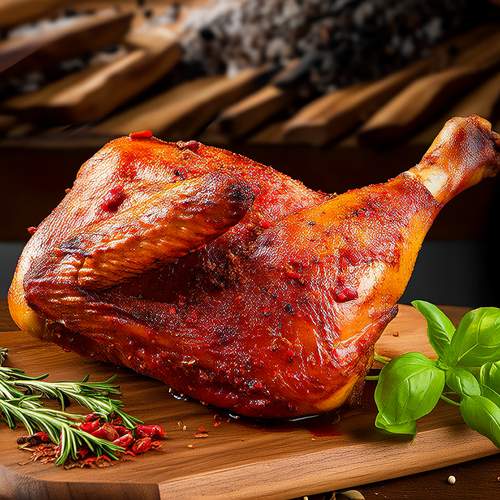
By /May 26, 2025
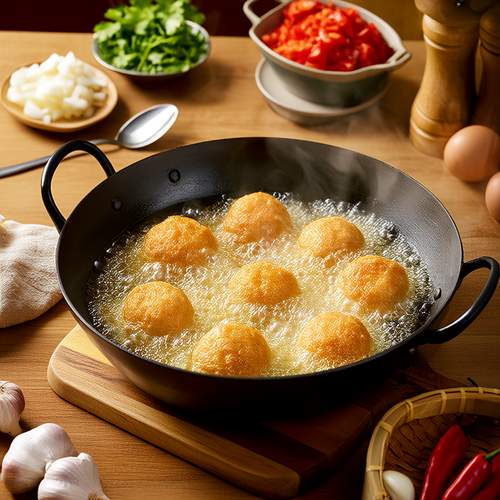
By /May 26, 2025
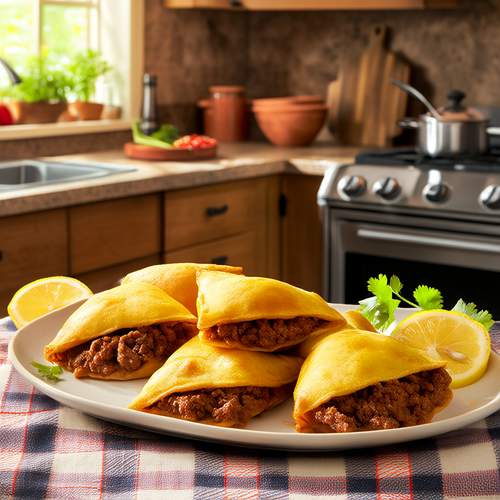
By /May 26, 2025
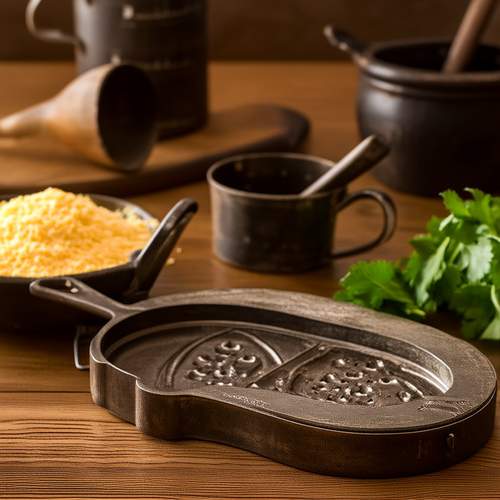
By /May 26, 2025
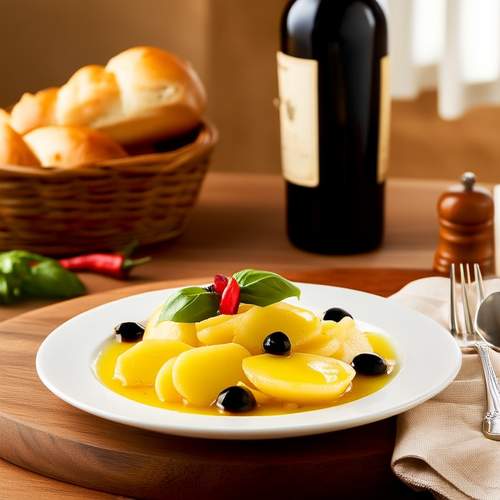
By /May 26, 2025
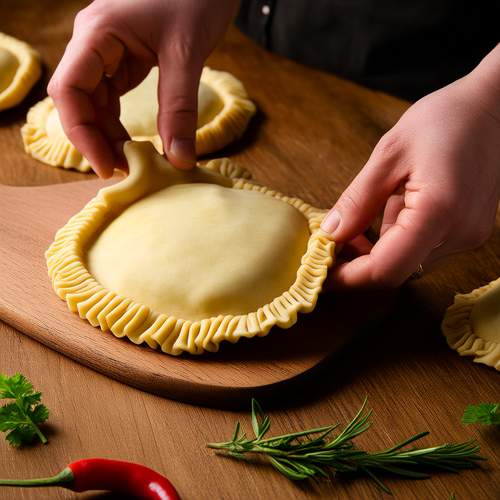
By /May 26, 2025
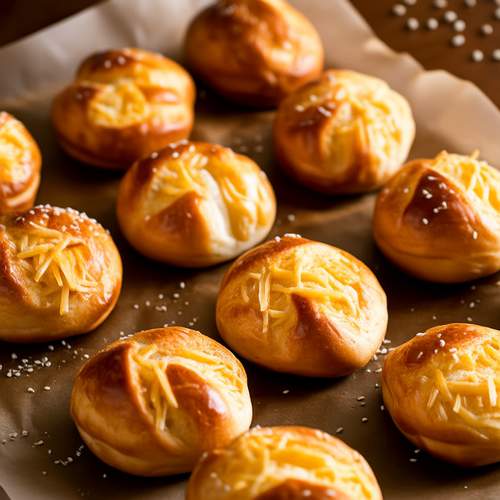
By /May 26, 2025
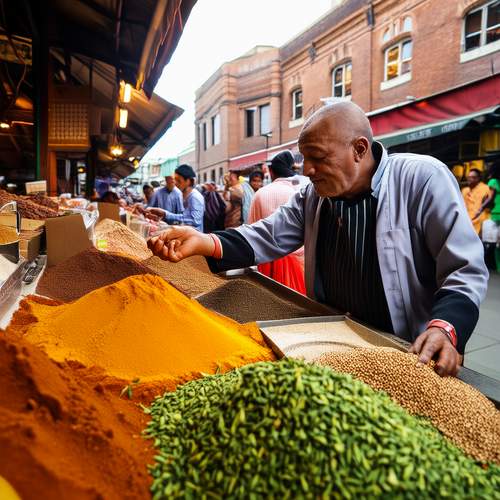
By /May 26, 2025
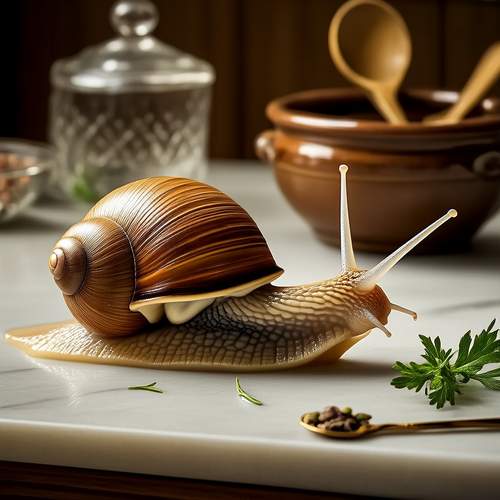
By /May 26, 2025
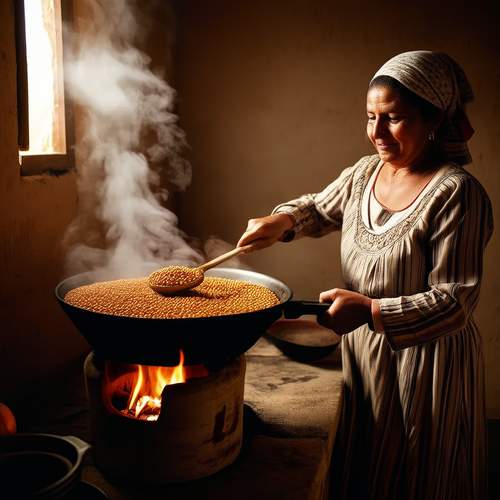
By /May 26, 2025
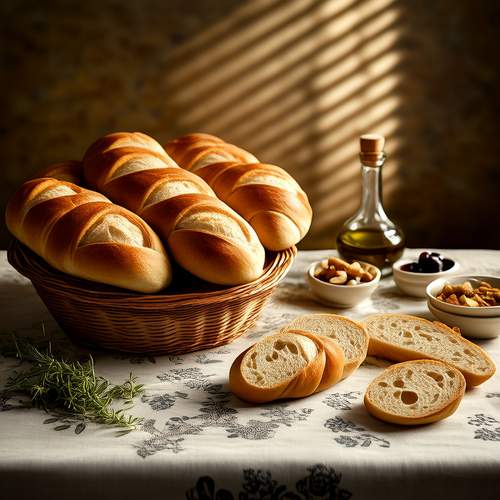
By /May 26, 2025
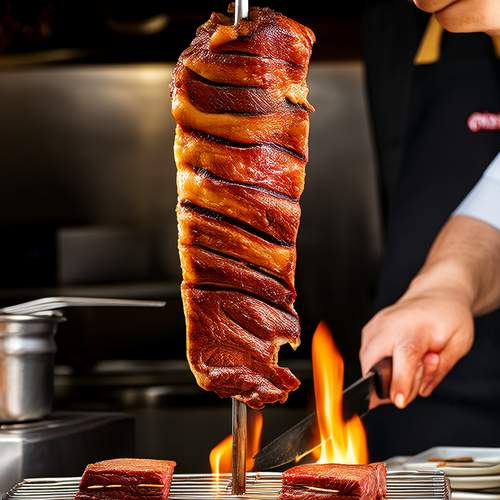
By /May 26, 2025
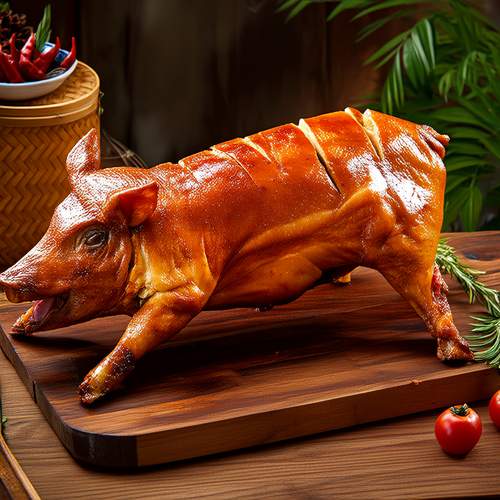
By /May 26, 2025
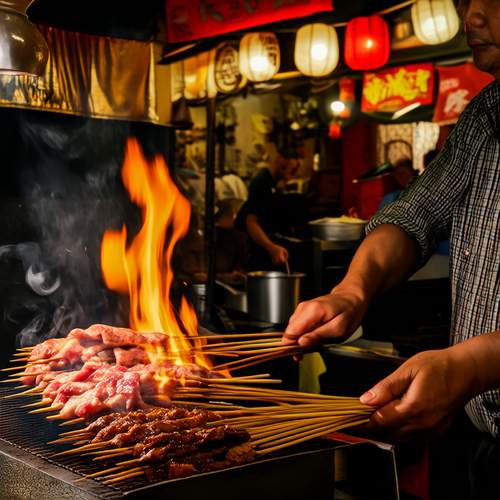
By /May 26, 2025
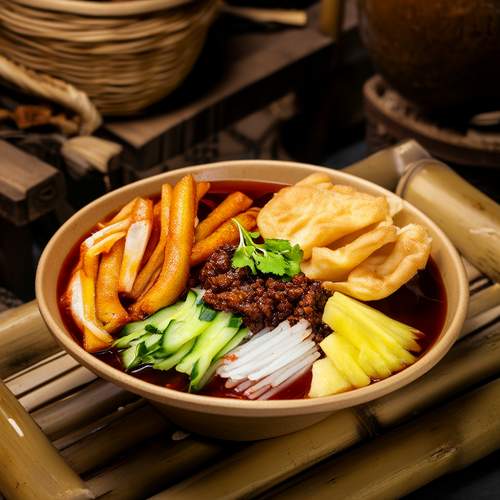
By /May 26, 2025
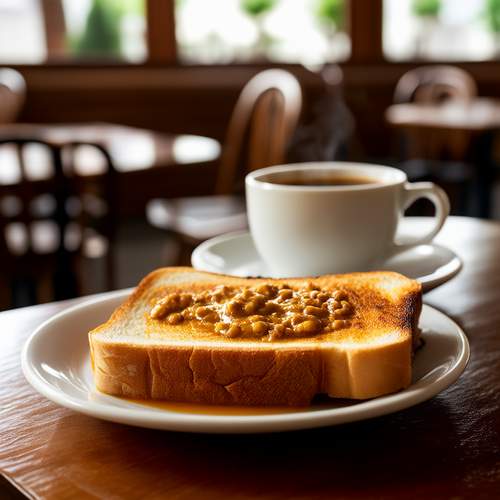
By /May 26, 2025
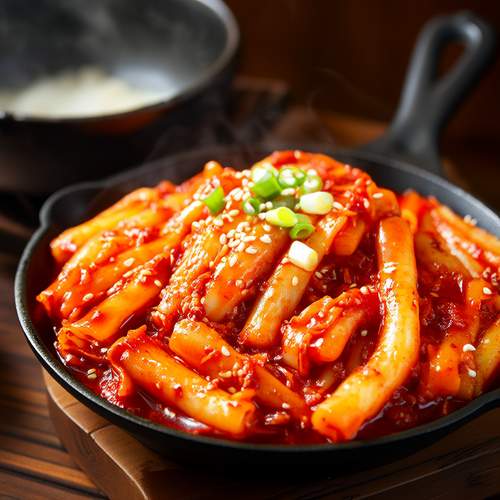
By /May 26, 2025
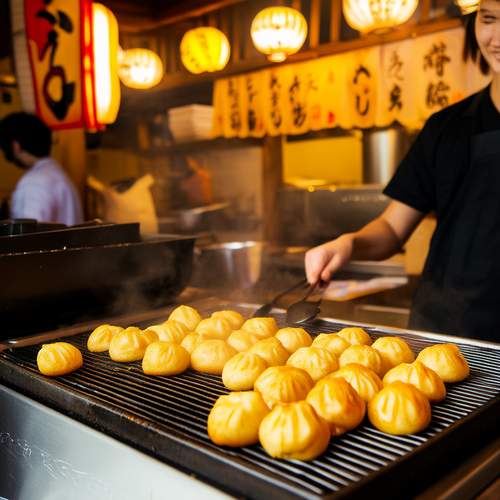
By /May 26, 2025

By /May 26, 2025
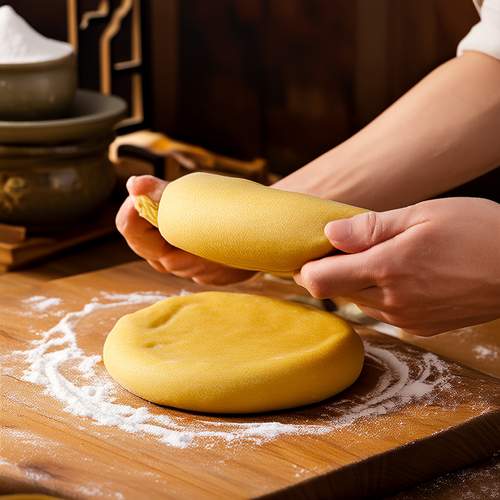
By /May 26, 2025